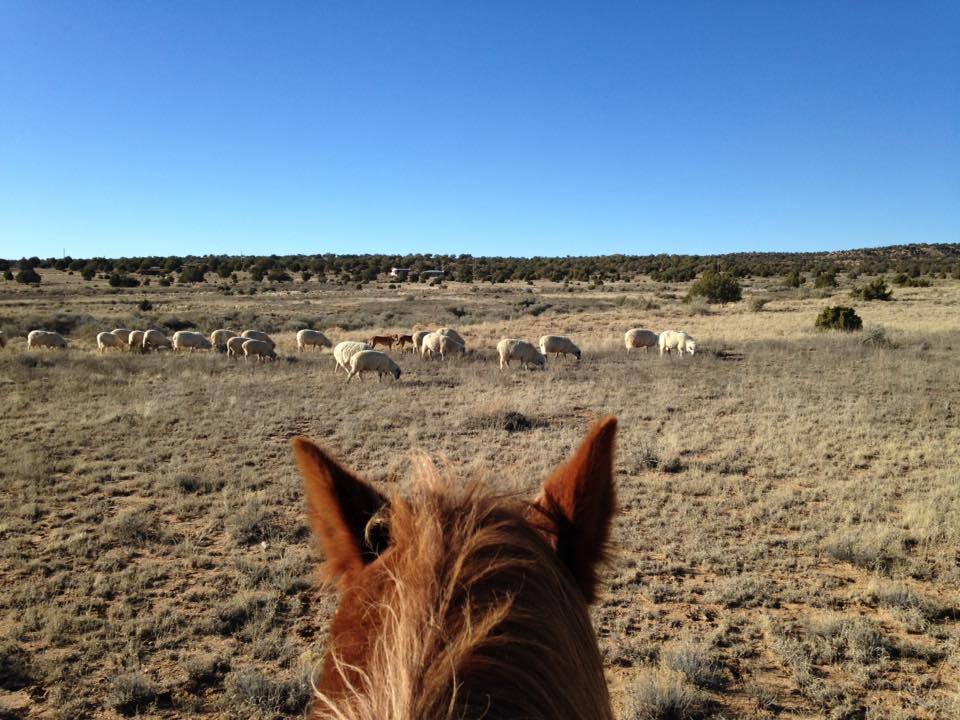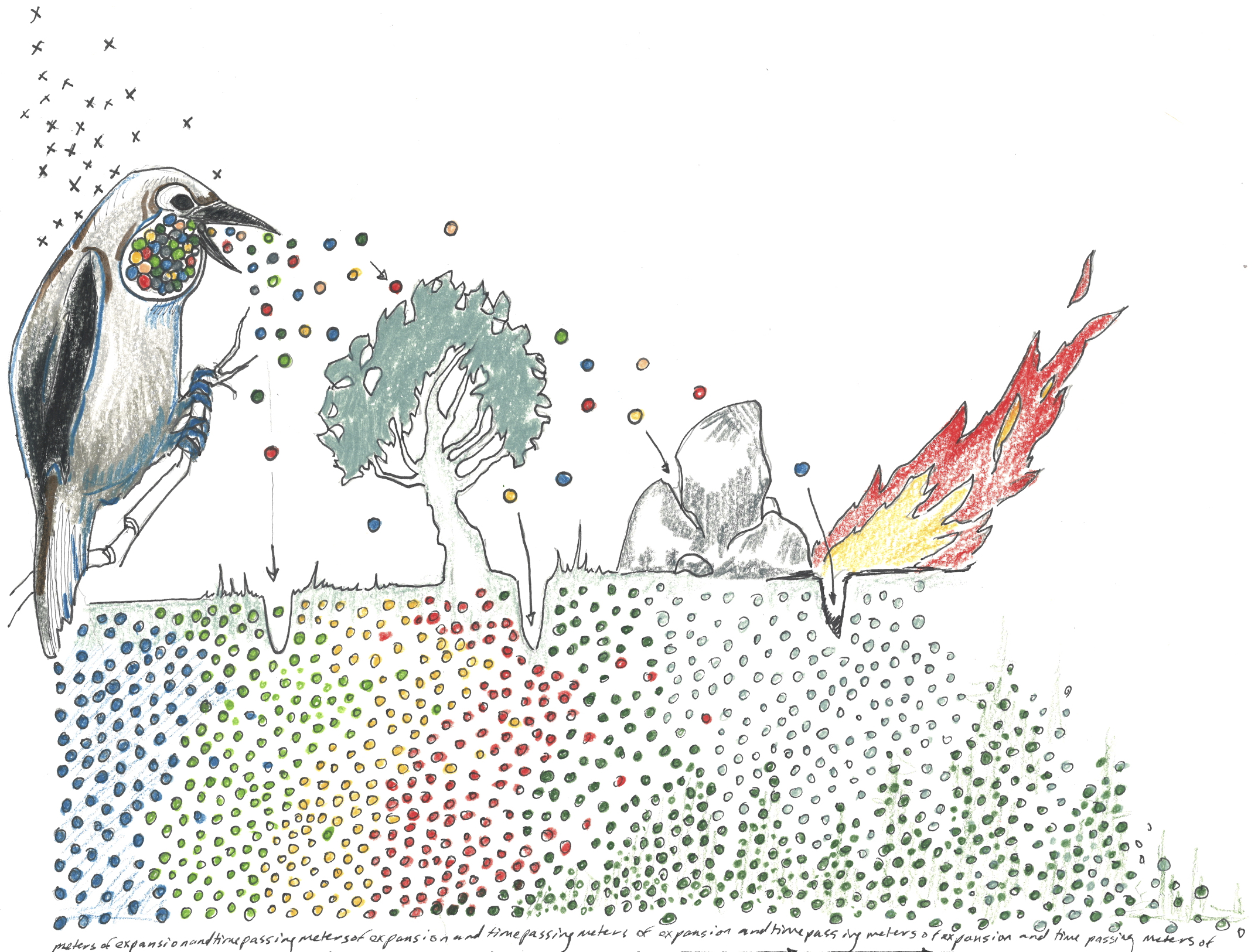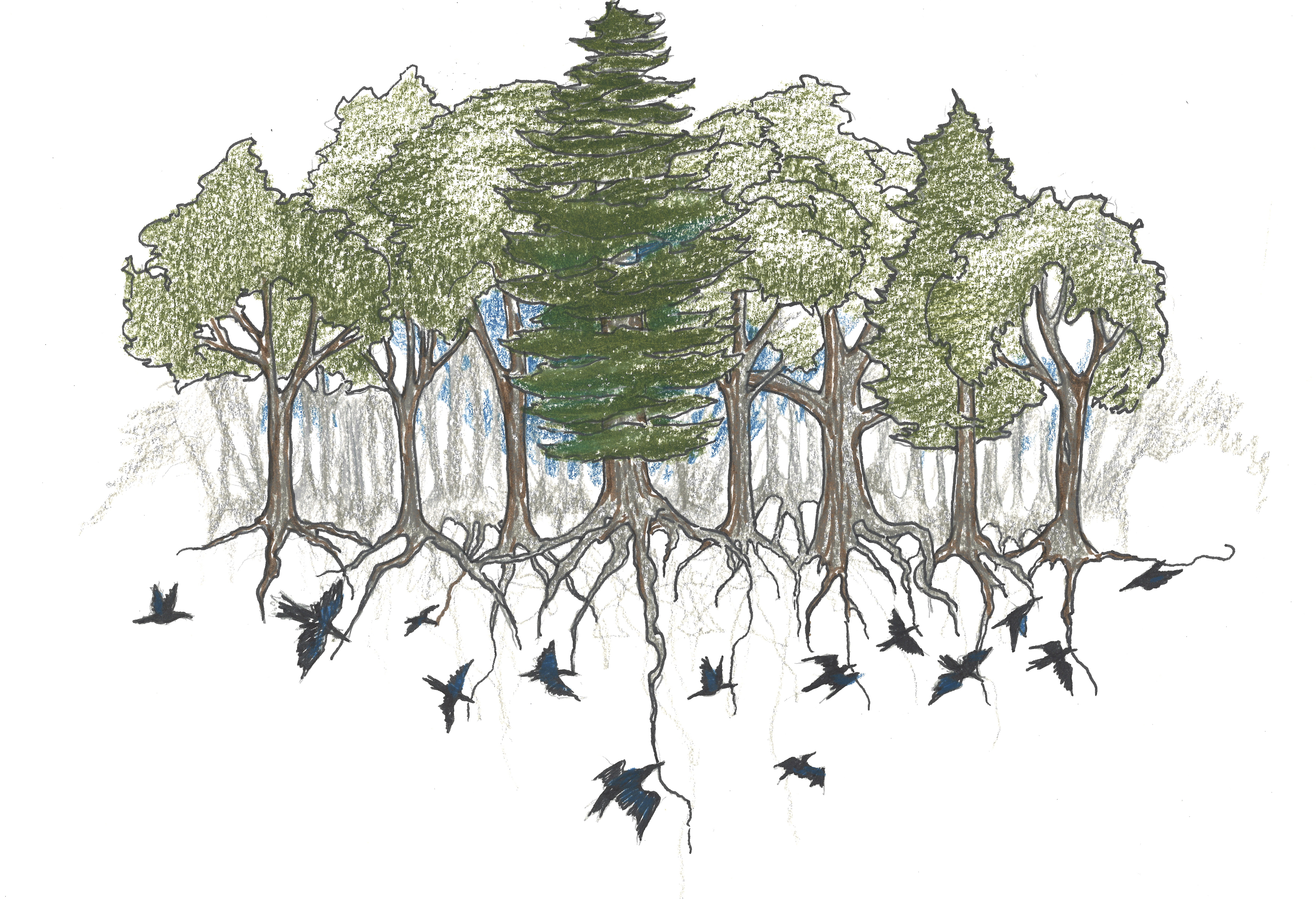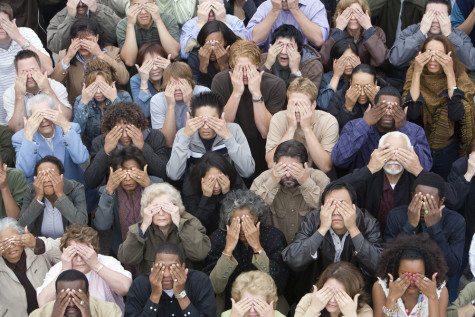 I recently became familiar with a scientist whose productivity makes me exhausted: Georges-Louis Leclerc, the Count of Buffon, who produced a 36-volume work on natural history in the mid-18th century. Trained as a lawyer, he became interested in mathematics and then botany on his family’s lands in France. His work propelled him into a choice position as the curator of the royal botanical gardens—which included cataloging the natural history collection of Louis XV–and to writing his best-selling Natural History: General and Particular.
I recently became familiar with a scientist whose productivity makes me exhausted: Georges-Louis Leclerc, the Count of Buffon, who produced a 36-volume work on natural history in the mid-18th century. Trained as a lawyer, he became interested in mathematics and then botany on his family’s lands in France. His work propelled him into a choice position as the curator of the royal botanical gardens—which included cataloging the natural history collection of Louis XV–and to writing his best-selling Natural History: General and Particular.
The volumes covered everything from birds to minerals to the formation of the earth. European newspapers raved about it; Paris salons discussed it. It was the natural history book that could—how delightful it sounds to be in a time where you, your friends, and everyone you know is looking at pictures of the head structure of reptiles and talking about what would happen if you shot a musket-ball from a mountain top through the earth’s atmosphere.
Then he wrote about quadrupeds. To write about the four-legged creatures in the Americas, where he hadn’t been, Buffon relied on reports from travelers about the region’s inhabitants. His conclusion: the continents’ cold climates and humid swamps led to weaker, smaller animals, with only puny species in comparison to the majesty of Old World representatives like the elephant, lion, or tiger. Even animals that had been imported to the west fared poorly—dogs were mute, sheep were more skeletal (and less tasty)—the only domestic animal that seemed to do well, Buffon wrote, was the hog.
And this is where Buffon got in trouble with Thomas Jefferson. The result: a series of interactions that ended with a large dead moose on Buffon’s doorstep. Continue reading






